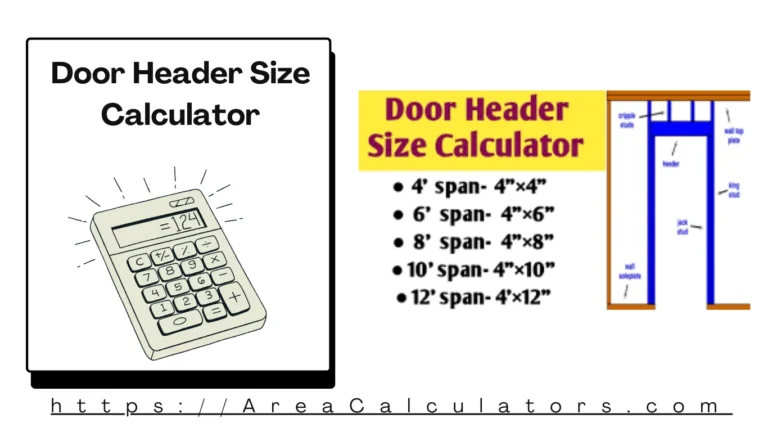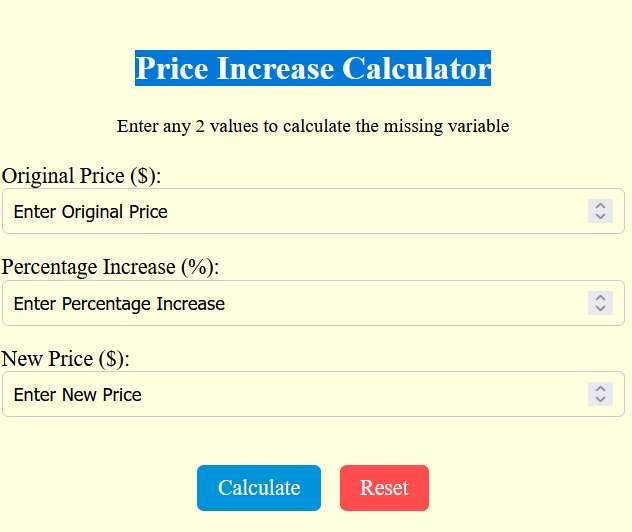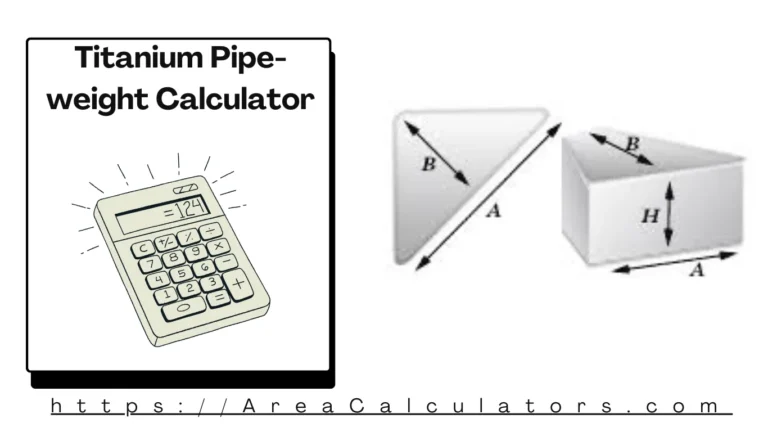Calculating the volume of a flat bag might seem simple at first, but it’s a crucial task across industries where packaging, space optimization, and shipping cost calculations are essential. A Flat Bag Volume Calculator helps users quickly and accurately determine how much a bag can hold, taking the guesswork out of production and distribution. This tool blends straightforward geometry with practical applications, giving users a powerful edge in managing materials and inventory.
Why Flat Bag Volume Matters?
Volume matters more than you might think. In retail packaging, manufacturers need to ensure that products fit snugly without too much empty space. Too little space can cause damage, while too much is wasteful and can increase shipping costs. Similarly, in food packaging, precision helps prevent product spoilage and ensures customer satisfaction.
In logistics, knowing the volume of thousands of bags helps determine:
-
Total cargo size
-
Shipping container arrangement
-
Cost estimates based on dimensional weight
Understanding the Need for Precision in Packaging
Contents
- 1 Understanding the Need for Precision in Packaging
- 2 Different Types of Flat Bags
- 3 Standard Dimensions and Materials
- 4 Basic Volume Calculation Formula for Flat Bags
- 5 Assumptions and Tolerances in Volume Estimation
- 6 Required Inputs and Supported Units
- 7 Step-by-Step Guide to Using the Calculator
- 8 Retail and Product Packaging
- 9 Industrial and Medical Packaging Applications
- 10 Pros and Cons of Each Approach
- 11 When to Choose Manual Calculations
- 12 Reducing Material Waste
- 13 Improving Shipping Efficiency
- 14 Measurement Inaccuracies
- 15 Material Stretch and Expansion Factors
- 16 Key Features to Look For
- 17 Recommended Tools Based on Use Case
Precision in volume calculation isn’t just a convenience—it’s a necessity. Packaging that's too small leads to production delays. Packaging that’s too large inflates costs and storage needs. A flat bag volume calculator provides the data needed to strike that perfect balance.
What Is a Flat Bag?
A flat bag is a simple, two-dimensional container that expands into a three-dimensional space once filled. It's commonly used in a wide range of industries from medical to food service and retail.
Different Types of Flat Bags
Flat bags come in various designs:
-
Standard flat poly bags – Often used for light products.
-
Gusseted bags – Include expandable sides for larger volume.
-
Zipper flat bags – Add resealability to traditional flat designs.
-
Vacuum-sealed flat bags – Remove air, reducing volume for storage or shipping.
Each type has its own impact on how volume should be calculated.
Standard Dimensions and Materials
Common flat bag materials include:
-
Polyethylene (PE)
-
Polypropylene (PP)
-
Laminated materials for strength and barriers
Sizes vary from small 3"x5" bags to large industrial 24"x36" ones. Understanding how these materials and sizes interact helps in accurate volume calculations.
The Formula Behind Flat Bag Volume Calculation
At its core, calculating the volume of a flat bag involves straightforward geometry, but a few assumptions help simplify things.
Basic Volume Calculation Formula for Flat Bags
For flat bags (without gussets), the most common formula is:
Volume (cubic inches) = Width × Length × Fill Height
Where:
-
Width = horizontal measurement of the bag
-
Length = vertical measurement from opening to bottom
-
Fill Height = realistic height the bag can be filled to, often slightly less than the full length
For gusseted flat bags, the formula is:
Volume = (Width + Side Gusset) × Length × Fill Height
You can also convert cubic inches into:
-
Liters (1 cubic inch = 0.0163871 liters)
-
Cubic feet (1 cubic inch = 0.0005787 ft³)
Assumptions and Tolerances in Volume Estimation
Not all bags fill perfectly. Real-world volume often depends on:
-
Material stretch or rigidity
-
Product shape and packing method
-
Air pockets or compressibility
Most flat bag volume calculators assume 90% fill capacity to account for these variations.
How the Flat Bag Volume Calculator Works
The Flat Bag Volume Calculator automates these formulas and assumptions into an easy-to-use digital tool that delivers fast, accurate results.
Required Inputs and Supported Units
Most calculators ask for:
-
Width of the bag
-
Length of the bag
-
Gusset size (if applicable)
-
Fill height or depth
-
Preferred unit (inches, cm, mm)
Advanced tools may also allow:
-
Material type selection
-
Conversion between metric and imperial units
Step-by-Step Guide to Using the Calculator
-
Enter the bag’s dimensions – width, length, and optionally gusset.
-
Specify the fill height – generally a bit less than the bag’s full height.
-
Choose the measurement unit – for consistency and accuracy.
-
Click "Calculate" – the tool instantly provides the volume in cubic inches, liters, or cubic feet.
Some tools also allow you to download or export results for documentation or analysis.
Common Use Cases for Flat Bag Volume Calculations
Retail and Product Packaging
Retailers use flat bag volume calculators to:
-
Ensure product fit
-
Optimize packaging size
-
Minimize waste
Whether it’s packing jewelry, electronic parts, or apparel, correct volume ensures protection and aesthetic appeal.
Industrial and Medical Packaging Applications
In manufacturing and healthcare:
-
Component kits are pre-packed into flat bags.
-
Sterile medical supplies need exact-fit packaging to reduce contamination risk.
-
Assembly line operations depend on size consistency for automation.
Volume calculations keep processes smooth and costs under control.
Manual Calculation vs. Online Calculator Tools
Pros and Cons of Each Approach
| Method | Pros | Cons |
|---|---|---|
| Manual | No internet required; better understanding | Prone to error; time-consuming |
| Calculator Tool | Fast, accurate, supports unit conversion | May need access to a device; dependent on data entry accuracy |
When to Choose Manual Calculations
Manual methods are best when:
-
Only a few calculations are needed
-
You’re working in an offline environment
-
Educational or demonstration purposes
But for large-scale operations or repeated tasks, calculators are clearly the better choice.
Optimizing Packaging Using Volume Data
Reducing Material Waste
Accurate volume data:
-
Prevents overuse of plastic or packaging materials
-
Leads to more eco-friendly designs
-
Helps meet sustainability goals
Less empty space also means less cushioning required—another cost-saving benefit.
Improving Shipping Efficiency
Shipping companies charge based on dimensional weight. Calculators help:
-
Fit more units per box or pallet
-
Reduce shipping costs by eliminating over-sized packages
-
Plan transport routes better by knowing exact cargo volume
Challenges and Errors in Flat Bag Volume Estimation
Measurement Inaccuracies
Common issues include:
-
Rounding off values too early
-
Using full length instead of realistic fill height
-
Not accounting for bag seams or folds
Solution? Always use a calibrated ruler or measuring tape, and re-measure when in doubt.
Material Stretch and Expansion Factors
Soft materials like polyethylene may stretch, especially under load. Some tips:
-
Apply a safety factor (e.g., 0.9 fill ratio)
-
Use real-life test fills when precision is crucial
Understanding your material’s properties ensures that the calculator’s estimates align with actual usage.
Choosing the Right Flat Bag Volume Calculator
Key Features to Look For
Look for tools that offer:
-
Flexible unit selection
-
Gusset and fill-height inputs
-
Real-time volume updates
-
Printable results
-
Responsive design for mobile use
These features turn a good tool into a great one.
Recommended Tools Based on Use Case
-
Basic calculators for retail or small business use
-
Advanced tools with API support for e-commerce platforms
-
Offline Excel-based calculators for factory or warehouse operations
Each tool has its place, depending on scale and technical needs.
FAQs:
Q1: What is a flat bag volume calculator used for?
It's used to calculate how much space a flat bag can hold, often for packaging, storage, or shipping purposes.
Q2: How accurate are these calculators?
Very accurate, assuming you enter the correct dimensions and account for fill height and gusset.
Q3: Can I use this calculator for gusseted bags?
Yes. Advanced calculators allow you to input gusset dimensions for more precise results.
Q4: Do I need to consider material type?
Yes, especially if the material stretches or compresses under load. Some calculators let you factor this in.
Q5: Is the calculator only for plastic bags?
No, it can be used for any flat bag—paper, foil, fabric—if the bag retains its shape.
Q6: Can I convert the result into liters or gallons?
Absolutely. Most tools let you toggle between cubic inches, liters, gallons, and cubic feet.
Conclusion:
A Flat Bag Volume Calculator may appear like a small digital tool, but its impact is anything but small. Whether you're packaging fine jewelry, industrial components, or hospital-grade medical kits, understanding volume is key to efficiency, safety, and savings. By incorporating this calculator into your workflow, you can make informed decisions, reduce waste, and ensure every bag you use does exactly what it should—protect and contain your products.
Start using one today, and watch your packaging process become smarter and more sustainable.






